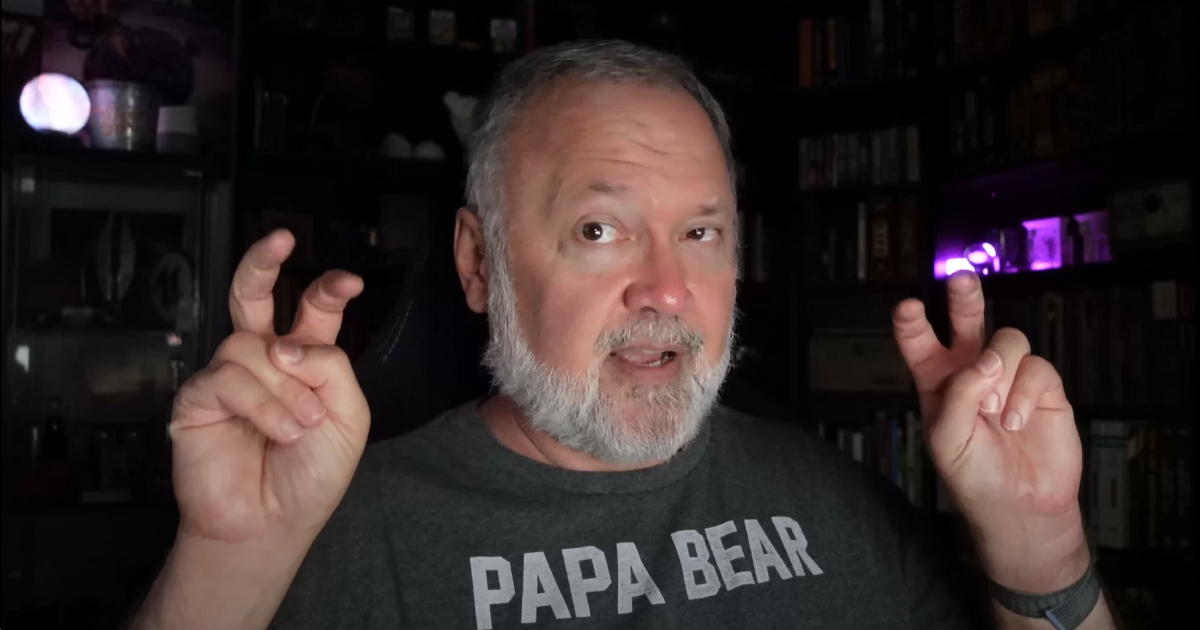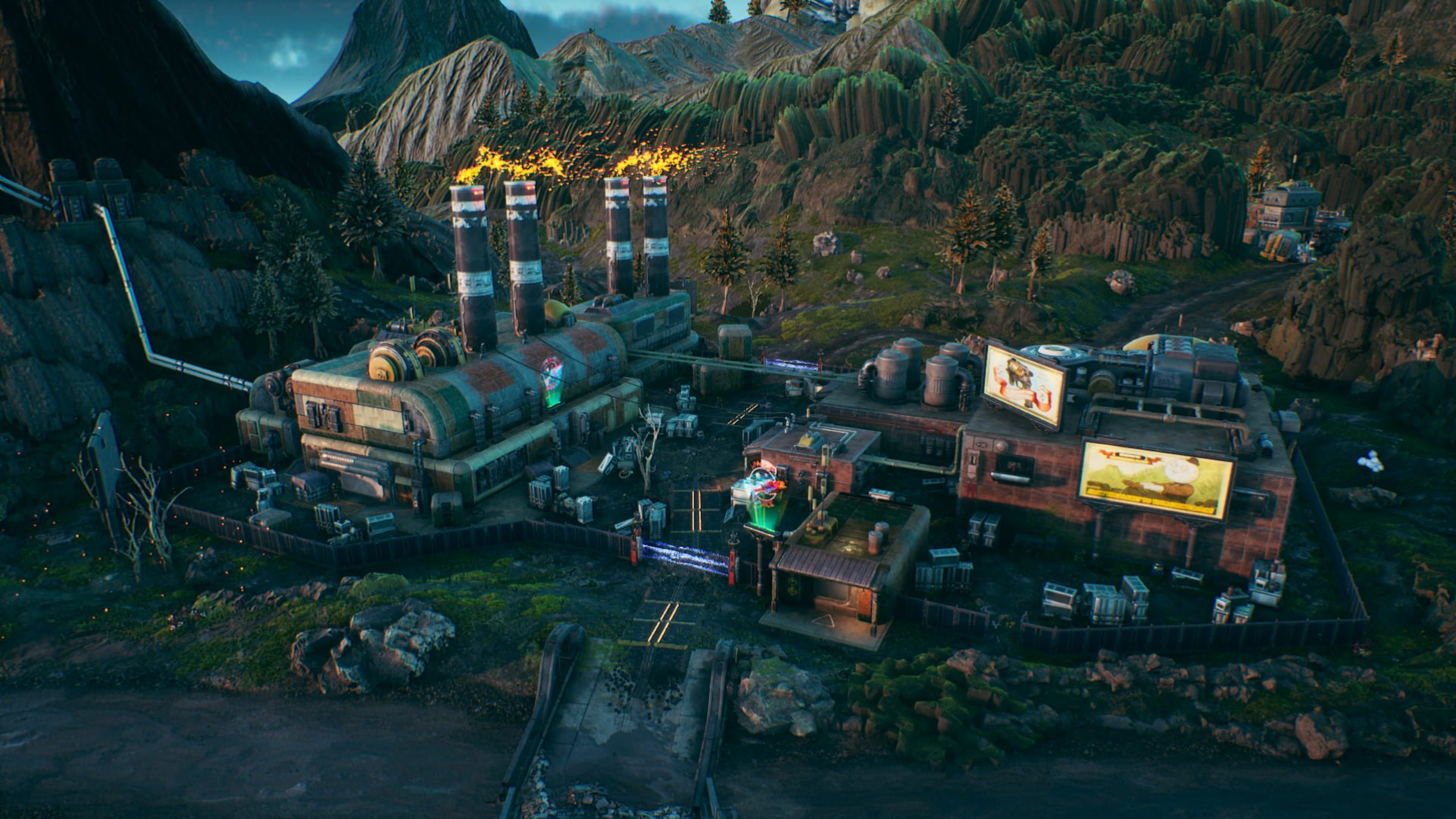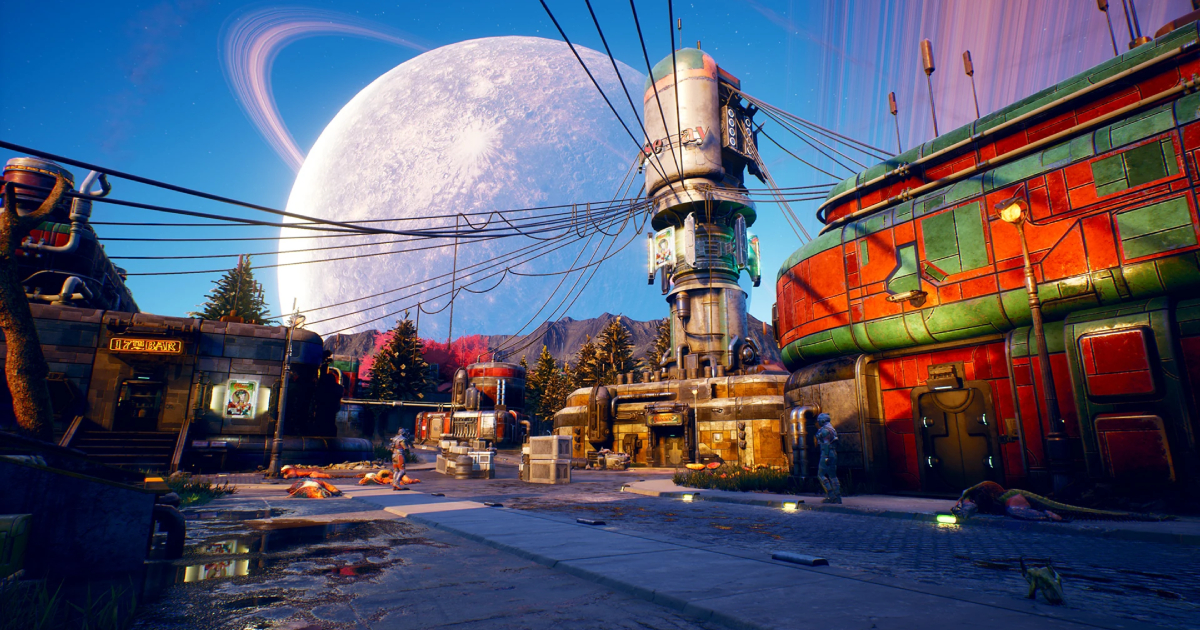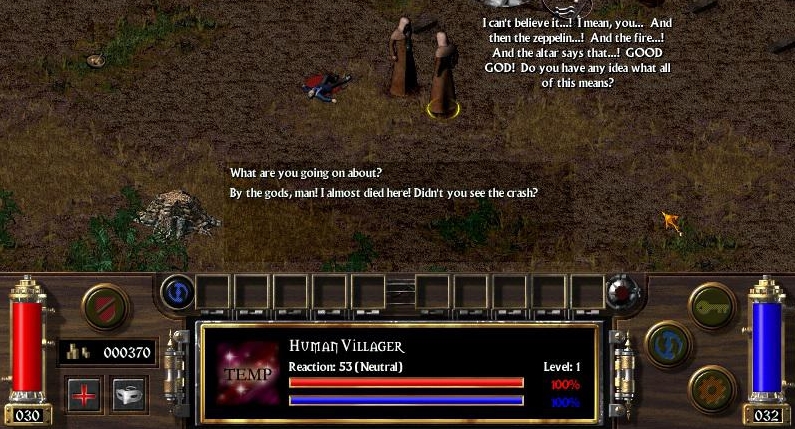Game production consists of many stages, which may differ depending on the specific company or team. Here is how the process works according to Tim Cain, acclaimed developer and one of the creators of Fallout.

Cain opened up about the key game production stages in one of the recent videos on his YouTube channel.
“I’ve been using these terms for decades that I don’t event think about them,” he said. “The idea that somebody wouldn’t know what a vertical or horizontal slice was, or a ‘beautiful corner’. I have to be reminded that even though everybody I talk to always seems to know what all these terms are, once you go outside the business, people are like, ‘Beautiful corner?'”
Cain decided to focus on things that are actually being made with the engine during development, so the list below doesn’t include pre-production stuff like design documents.
Test rooms
These are usually individual levels or rooms made specifically to test certain game features in isolation. Developers may create combat, stealth, dialogue, or exploration test rooms for various purposes.
For example, there can be a combat room with some creatures or a boss to test AI behavior, specific weapons, or fights. Or the team could use test rooms to see how close a character needs to be to trigger dialogue, or what a conversation between multiple NPCs would look like.
Prototype
The main purpose of a prototype is to test all features together. So it is basically a playable game mechanics-wise that doesn’t have final art. According to Cain, a prototype might even be a graybox where developers test, say, the pacing of combat or other elements.
“This is what the game will feel like to play, but it won’t like this,” he explained.
Beautiful corner
It is usually done to show the team or publisher what the final version of the game will look like at launch, i.e. this stage is all about presenting your project from the “beautiful corner.”
Cain added that it is also a test of whether artists are capable of creating and finalizing in-game art. So beautiful corner is a very small area, usually not playable. But it can allow you to walk there or move the camera.

The Outer Worlds
Vertical and Horizontal slice
For a vertical slice, developers take one area/section of the game and finalize it. It has “virtually” every feature that will be in the final version, and all the art is also “virtually” finished. According to Cain, the goal is to show exactly what the game will be like: “It’ll look like this, it’ll play like this — this is the game.”
By “virtually” he means that while a vertical slice has all the main features, developers may still not be able to show certain things like fast travel to another location. In The Outer Worlds, it was Roseway, with several instances, a town itself, and the ship, but it didn’t include the crafting and didn’t allow the player to switch their companions.

Roseway, a town in The Outer Worlds
Cain also uses another term, the horizontal slice, which is a “complete orthogonal idea to the vertical slice.” This means that all the areas in the game are roughly playable, but they are not completed (some sections may still be grayboxes or miss certain content).
Developers use a horizontal slice to see how all levels are connected and in what order players can explore different sections. It also helps the team to figure out the rough playtime of the game. “As you fill it with more and more content, eventually you stop calling it the horizontal slice, and it become the game,” Cain said.
Alpha
At this stage, the game has all the areas; they are playable and include all the content. However, some things may still be unbalanced and contain lots of bugs. Some minor elements may also be missing — e.g. the crafting system works, but some recipes are not there yet.
“We consider this an Alpha because you can test it and figure out all the things a player potentially can do,” Cain said. For more details about this stage, read Mark Darrah’s explanation of what Alpha means in game development.
Beta
This is the final stage before shipping. At this point, ALL the content is in the game, and developers stop adding more things to it. During Beta, the team is focused on bug fixes, balancing tweaks, and optimization.
Cain explained that while you can optimize your game a little in the earlier stages, Beta is the stage where “most of the optimization should happen.” It should allow programmers and artists to make final adjustments to the game.

The preview Beta of Arcanum: Of Steamworks and Magick Obscura (October 2000)
Ship and post-launch
Although it is considered the final shape, developers don’t stop working when they eventually ship the game. The team starts working on patches to fix bugs and other things they missed during the previous stages.
Post-launch, many studios will also create DLC, which Cain highlights as a separate stage. Downloadable content may vary from small packs and cosmetics to big expansions featuring new levels, storylines, skills, quests, etc.
To learn more about these nine stages of game production — test rooms, prototype, beautiful corner, vertical slice, horizontal slice, Alpha, Beta, ship, DLC, — watch the full video from Tim Cain below.
